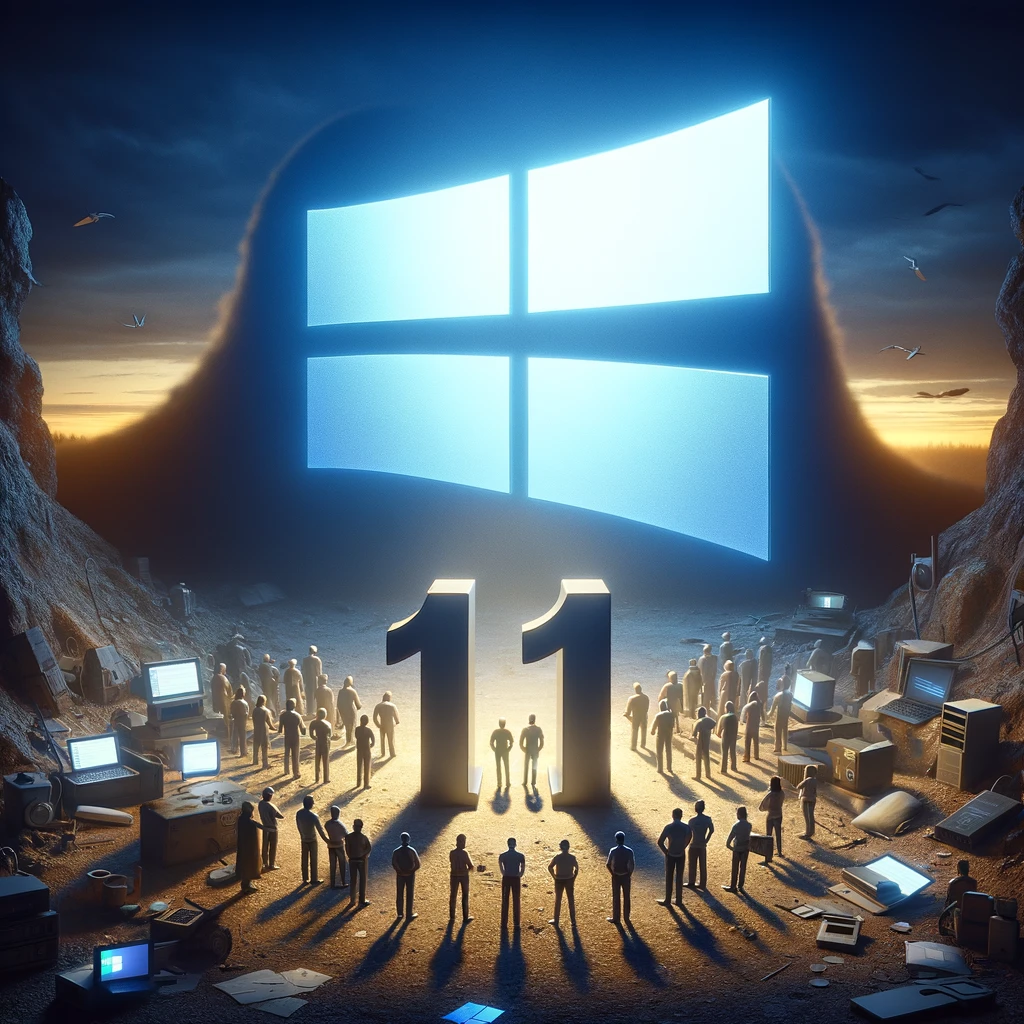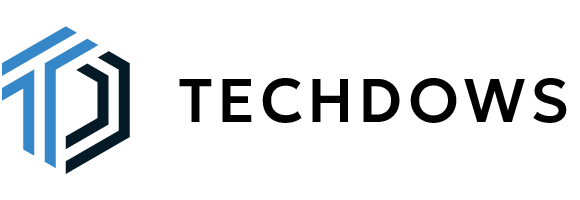
Microsoft has thrown a curveball to Windows 10 users, nudging them towards a future that’s inevitable and fraught with decisions. As the clock ticks towards October 14, 2025, the end of support (EOS) for Windows 10, users are faced with a choice that’s not just about upgrading an OS but potentially altering their digital lifestyle. This move by Microsoft has stirred a mix of anticipation, skepticism, and outright concern among its vast user base.
The end is nigh: Windows 10’s final countdown
Microsoft has officially put a timer on Windows 10, with EOS looming in the near future. Post-EOS, Windows 10 will cease to receive bug fixes, security patches, or any form of technical support. The implications are clear: continue using Windows 10 beyond this date, and you’re venturing into a land without Microsoft’s protective umbrella, exposing yourself to potential security threats and compliance issues.
Pushed towards the edge: The Windows 11 dilemma
At the heart of Microsoft’s strategy is the push towards Windows 11, branded as the most secure and modern iteration of the Windows operating system yet. With features designed to fortify against the ever-evolving digital threats, Windows 11 is a stronghold of data protection and system security. Yet, this transition has its pitfalls. The upgrade is more than just a click away for many users, especially those with older hardware that fails to meet the new OS’s requirements. This has led to a situation where users are prompted to either invest in new hardware or explore alternative solutions offered by Microsoft.
Between a rock and a hard place: Navigating the transition
Microsoft offers several lifelines for users who cannot upgrade to Windows 11 directly. One route is purchasing new Windows 11-ready PCs, a straightforward but potentially costly solution. Alternatively, Microsoft suggests embracing Windows 365, a cloud service making Windows 11 accessible across devices. This solution hints at flexibility but signals a deeper push towards cloud dependency. Lastly, the Extended Security Updates (ESUs) program offers a temporary reprieve, extending critical updates for Windows 10 for up to three years post-EOS. While these options provide a buffer, they highlight the underlying pressure to migrate to a platform where Microsoft dictates the terms.
A leap of faith or a step back?
As Windows 10 users weigh their options, the broader implications of Microsoft’s strategy come into focus. The push towards Windows 11 and cloud computing reflects a vision for a more secure and efficient digital ecosystem. However, it also raises questions about user autonomy, hardware sustainability, and the broader impact on those reliant on legacy software and systems. The transition might promise a future of enhanced security and productivity, but at what cost?
The verdict: Navigating Microsoft’s ultimatum
Microsoft’s push toward Windows 11 is a clear signal that the future of Windows is evolving, with a strong emphasis on security, modernization, and cloud integration. However, for the vast community of Windows 10 users, this move presents a complex array of choices. As the EOS date approaches, users must navigate these waters with a mix of caution, pragmatism, and foresight. Whether to leap into Windows 11, invest in new hardware, or explore alternative solutions, the decision rests on evaluating what’s best for one’s digital life in the face of Microsoft’s imposing deadline. The path forward is paved with uncertainty, and for many, the next step is anything but clear.
